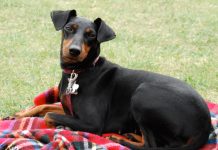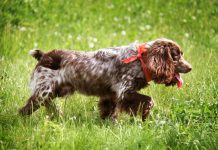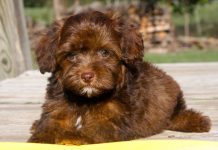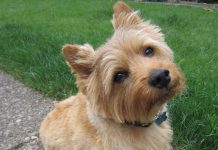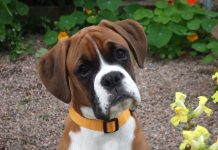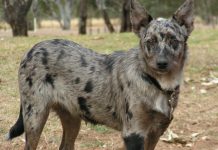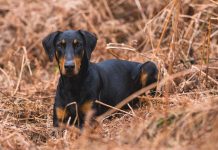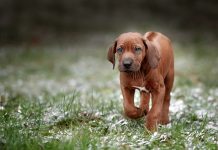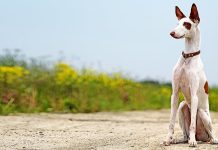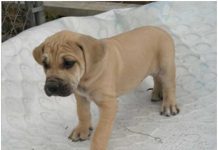Hypoallergenic dog breeds have gained significant popularity, particularly among individuals with allergies to pets.
But what exactly makes some dogs hypoallergenic? Is it simply marketing, or is there real science behind this claim?
This article explores the science of hypoallergenic dog breeds, focusing on the factors that contribute to their reduced allergenic potential.
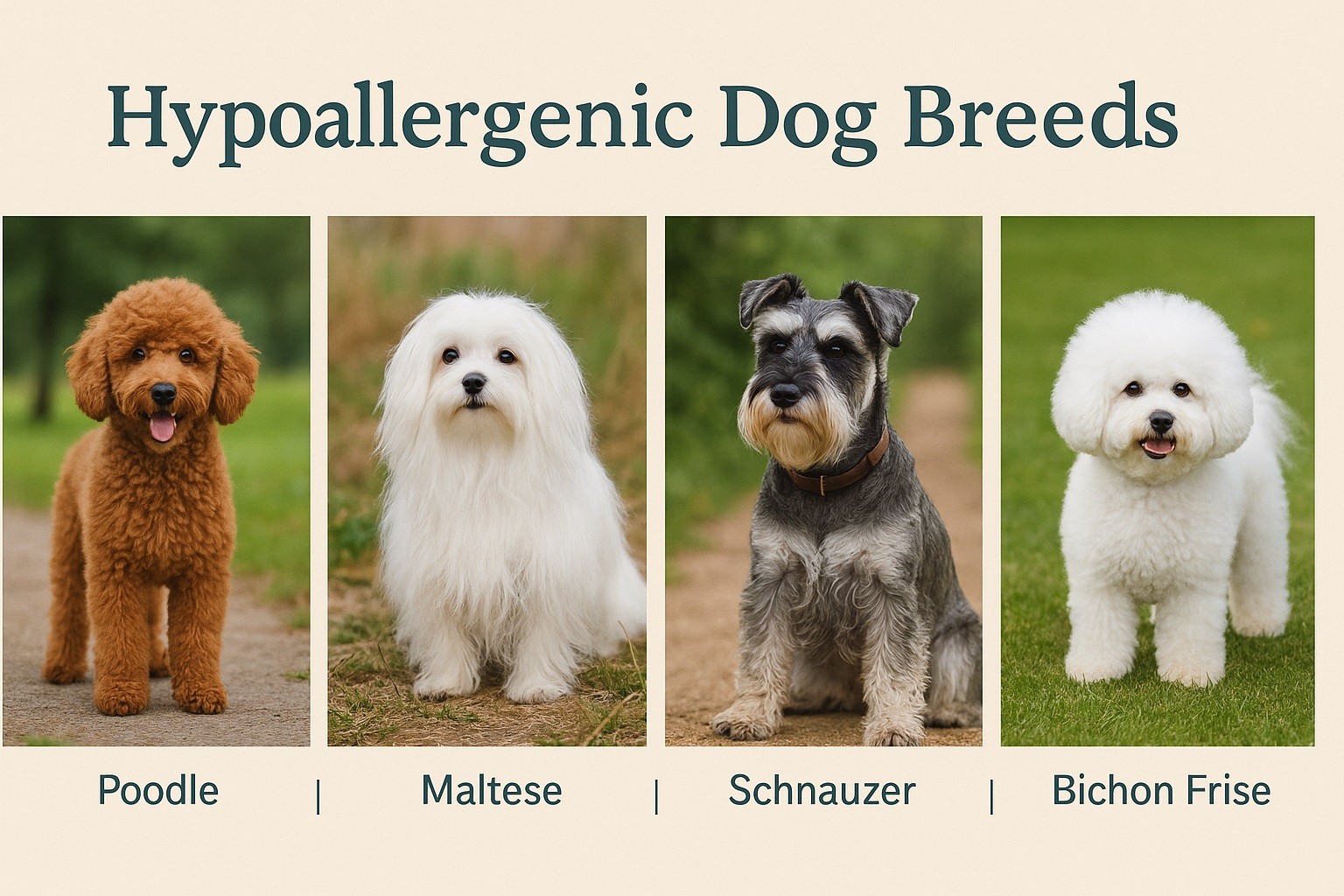
Understanding Allergies to Dogs
Allergic reactions to dogs are primarily caused by an immune system response to proteins found in their skin cells, saliva, and urine.
These proteins, commonly referred to as allergens, are present in tiny particles known as dander.
When susceptible individuals come into contact with this dander, they may experience allergic symptoms.
These can range from mild symptoms such as sneezing and watery eyes to more severe reactions, including asthma attacks.
Allergic Proteins
The main allergenic proteins in dogs are typically found in their saliva (Can f 1), urine (Can f 2), and skin (Can f 3).
It is these proteins that allergic individuals are reacting to, rather than the dog's fur itself.
As a result, even dogs that do not shed much can still trigger allergic responses if they produce these allergens in higher quantities.
Characteristics of Hypoallergenic Dog Breeds
These breeds are often promoted as being less likely to trigger allergic reactions, such as sneezing, itching, and respiratory discomfort when exposed to pet dander.
The hallmark of hypoallergenic dog breeds is that they produce less dander than other dogs.
Low Dander Production
Dander is composed of tiny, often invisible, particles of dead skin cells that dogs shed into the environment.
Because hypoallergenic breeds shed less dander, they reduce the overall allergen load in the home, making them more suitable for people with allergies.
Dogs that are often considered hypoallergenic, such as Poodles, Bichon Frises, and Portuguese Water Dogs, are known for producing minimal dander.
Minimal Saliva and Urine Allergens
In addition to dander, the proteins found in a dog’s saliva and urine also contribute significantly to allergies.
For example, when a dog licks itself or interacts with its owner, allergens from its saliva can be transferred to surfaces or directly to the person.
Hypoallergenic breeds tend to produce less saliva, and their grooming habits—like licking themselves—are less likely to spread allergens.
Genetic Basis of Hypoallergenicity
The hypoallergenic traits observed in certain dog breeds are largely genetic in nature.
A key factor in the hypoallergenic potential of some dogs is the reduced production of specific allergenic proteins, such as Can f 1.
Studies have shown that hypoallergenic breeds, like Poodles, produce lower levels of these proteins compared to other breeds.
These genetic differences account for why some breeds are less likely to cause allergic reactions, even if they still shed dander or saliva.
Coat Types and Allergen Retention
Another characteristic of hypoallergenic dog breeds is their unique coat types.
Many hypoallergenic breeds have non-shedding or low-shedding coats, which means that they do not release as much hair or dander into the environment.
This is in stark contrast to breeds with shedding coats, such as Labrador Retrievers or Huskies, which frequently shed hair and dander.
Non-Shedding Coats
Non-shedding breeds like Poodles or Bichon Frises have coats that grow continually and require regular grooming.
These coats hold onto the hair, rather than releasing it into the environment.
This trait significantly reduces the amount of dander that is shed, minimizing the potential for allergic reactions.
Single-Coated Breeds
On the other hand, single-coated breeds, like the Shih Tzu or the Afghan Hound, have only one layer of fur, which typically sheds less.
This makes them a better option for allergy sufferers. With fewer loose hairs to release dander, single-coated breeds help keep allergen levels lower in the household.
Double-coated breeds, such as Golden Retrievers or Siberian Huskies, shed more fur and dander.
Grooming Practices for Hypoallergenic Dog Breeds
Regular grooming plays a vital role in managing allergens in hypoallergenic dogs.
Brushing the dog’s coat helps to remove loose hair and dander before it can settle in your home.
Bathing your dog with hypoallergenic shampoos can also help reduce the buildup of allergens on their coat.
In fact, consistent grooming is essential for reducing allergen exposure, even in hypoallergenic dogs.
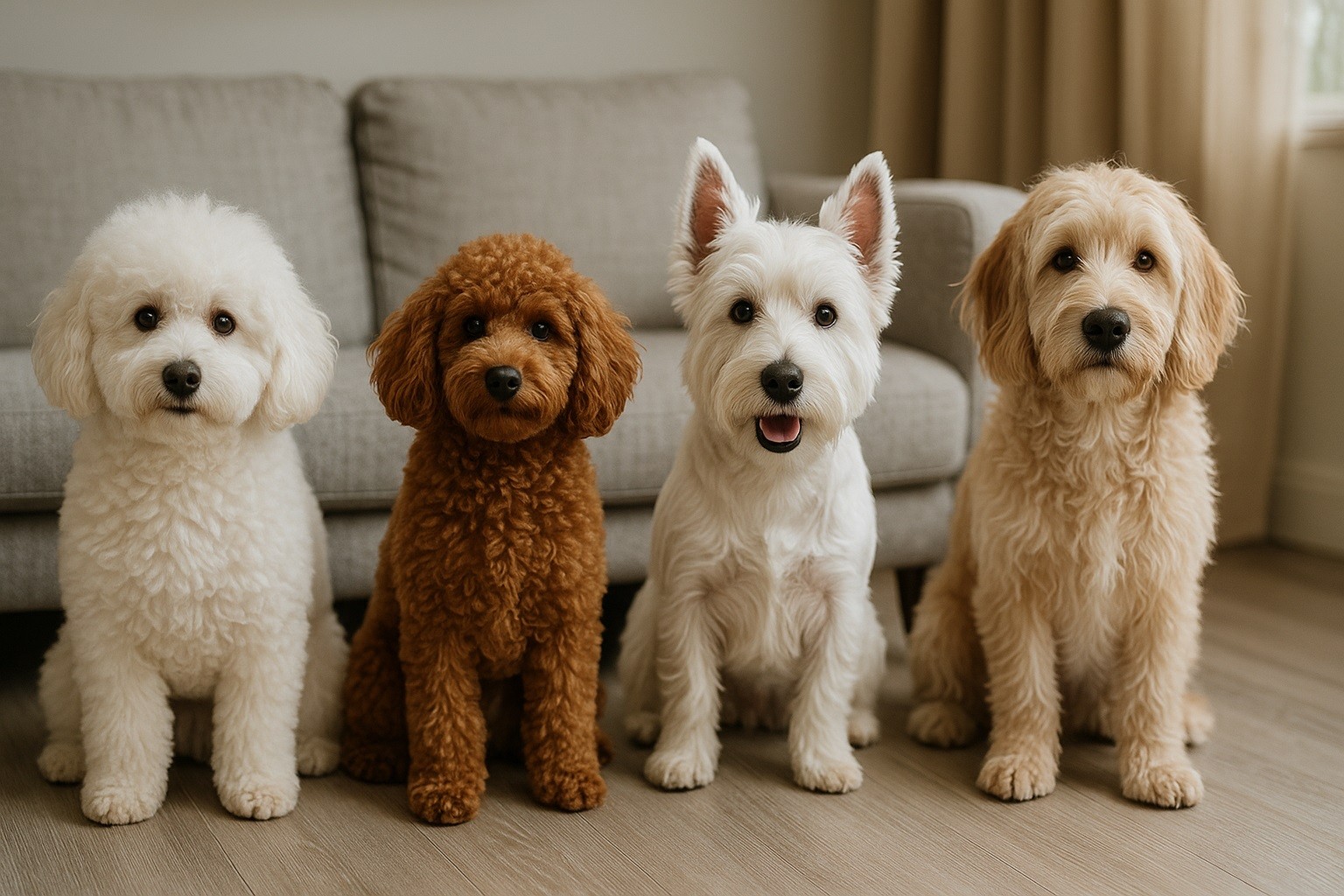
Environmental Control and Management
In addition to grooming, managing the environment is equally important for reducing allergens.
For example, using air purifiers with HEPA filters in your home can help capture airborne allergens, including dog dander.
Vacuuming frequently with a vacuum equipped with a HEPA filter can also help remove dander from carpets and upholstery.
Cleaning bedding and soft furnishings where allergens tend to accumulate is another crucial step.
Choosing the Right Hypoallergenic Dog Breed
When considering a hypoallergenic dog, it’s important to recognize that no breed is entirely free of allergens.
While certain breeds produce fewer allergens, individuals with allergies may still react to these dogs.
The severity of a person’s allergy and the level of exposure will ultimately determine how well they tolerate a hypoallergenic breed.
Some breeds that are commonly recommended for people with allergies include:
- Poodle (Standard, Miniature, and Toy): Known for their low shedding and minimal dander production.
- Bichon Frise: A small, curly-coated breed that produces less dander.
- Maltese: A toy breed with a long, non-shedding coat.
- Schnauzer (Miniature, Standard, and Giant): Less shedding and a wiry coat.
- Portuguese Water Dog: Has a curly coat that produces minimal dander.
Hypoallergenic Dog Breeds
Here’s a list of popular hypoallergenic dog breeds, known for producing fewer allergens and being more suitable for allergy sufferers:
Poodle (Standard, Miniature, and Toy): Known for their curly, non-shedding coat that helps retain hair and dander.
Bichon Frise: Small, with a curly coat that produces minimal dander.
Maltese: A toy breed with long, silky hair that doesn’t shed much.
Schnauzer (Miniature, Standard, and Giant): Wire-haired coats that shed minimally and produce less dander.
Conclusion
In conclusion, hypoallergenic dog breeds provide a potential solution for people with allergies who still wish to enjoy the companionship of a canine friend.
These breeds produce fewer allergens due to a combination of genetic factors, coat characteristics, and grooming habits.
While no dog is entirely hypoallergenic, choosing the right breed and implementing a diligent cleaning and grooming routine can help reduce allergen exposure.

